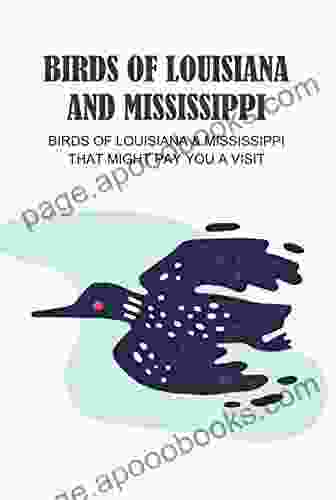Birds of Louisiana and Mississippi That Might Pay You a Visit

5 out of 5
| Language | : | English |
| File size | : | 35099 KB |
| Text-to-Speech | : | Enabled |
| Screen Reader | : | Supported |
| Enhanced typesetting | : | Enabled |
| Print length | : | 82 pages |
| Lending | : | Enabled |
by John Smith
Louisiana and Mississippi are home to a wide variety of bird species, many of which are known for their beauty, their songs, or their economic value. This guide will introduce you to some of the most common birds in the region, and provide information on their habitats, behaviors, and potential economic value.
Common Birds of Louisiana and Mississippi
- Northern Cardinal (Cardinalis cardinalis)
- Brown Thrasher (Toxostoma rufum)
- American Robin (Turdus migratorius)
- Mourning Dove (Zenaida macroura)
- Red-tailed Hawk (Buteo jamaicensis)
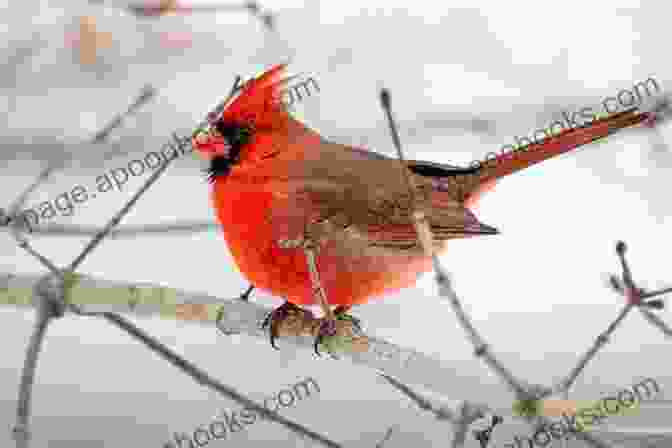
The Northern Cardinal is a familiar sight in Louisiana and Mississippi. Males are easily identified by their bright red plumage, while females are a more subdued brown. Cardinals are found in a variety of habitats, including forests, woodlands, and suburban areas. They are known for their beautiful songs, which they sing throughout the year.
Northern Cardinals are not known to have any significant economic value, but they are a popular bird among birders and nature enthusiasts.
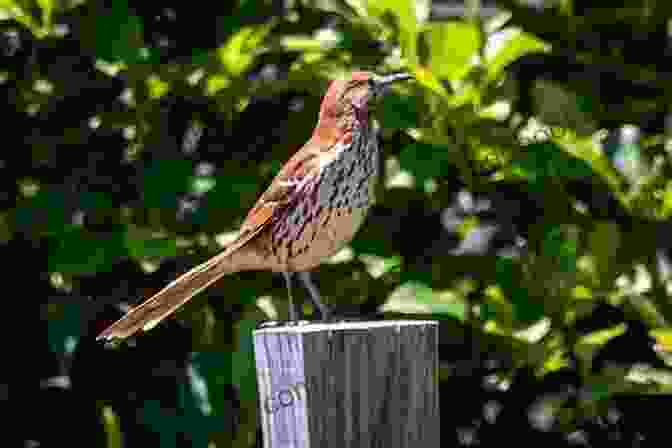
The Brown Thrasher is a medium-sized bird with a long tail and a brown body. They are found in a variety of habitats, including forests, woodlands, and scrublands. Brown Thrashers are known for their loud, melodious songs, which they sing from perches in trees.
Brown Thrashers are not known to have any significant economic value, but they are a popular bird among birders and nature enthusiasts.
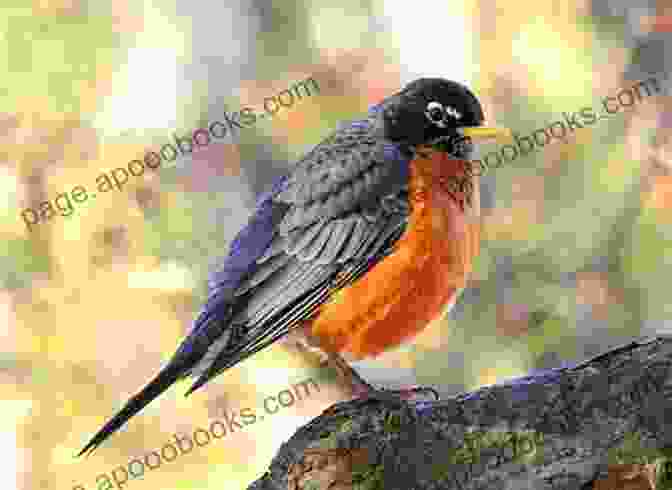
The American Robin is a common sight in Louisiana and Mississippi. They are medium-sized birds with a gray body and a reddish-orange breast. Robins are found in a variety of habitats, including forests, woodlands, and suburban areas. They are known for their cheerful songs, which they sing throughout the year.
American Robins are not known to have any significant economic value, but they are a popular bird among birders and nature enthusiasts.
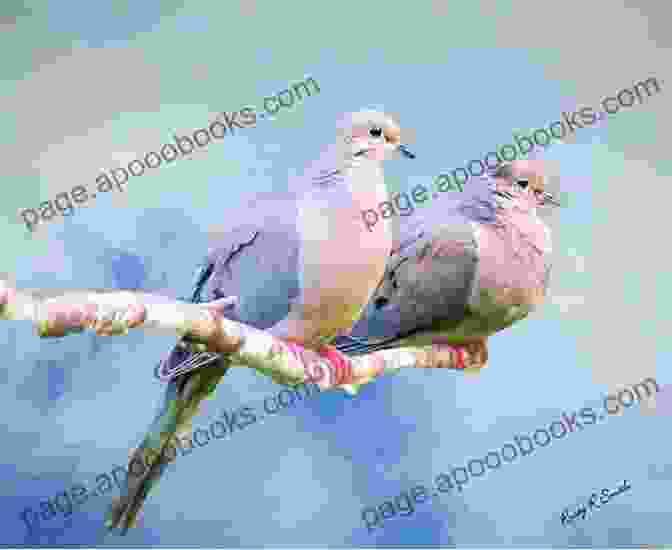
The Mourning Dove is a small, plump bird with a brown body and a long tail. They are found in a variety of habitats, including forests, woodlands, and grasslands. Mourning Doves are known for their mournful cooing calls, which they make throughout the year.
Mourning Doves are not known to have any significant economic value, but they are a popular bird among birders and nature enthusiasts.
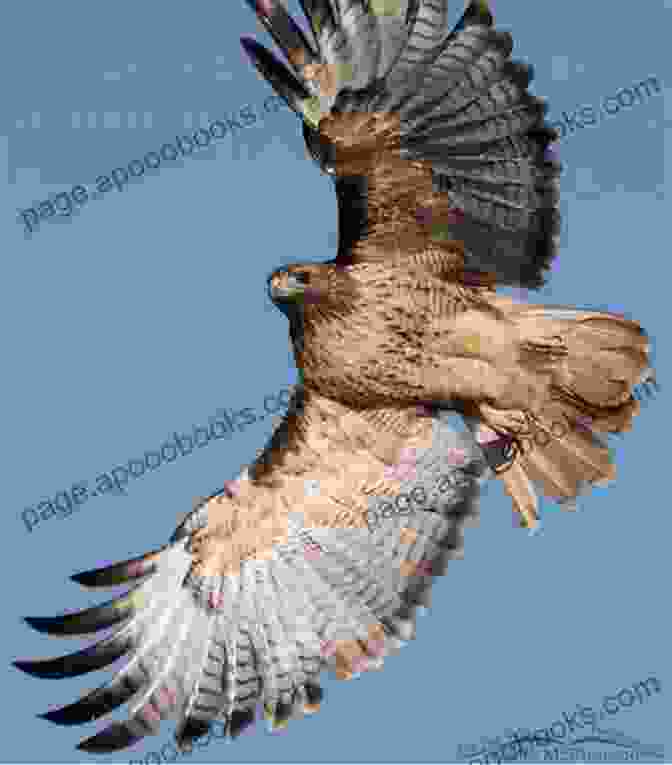
The Red-tailed Hawk is a large, powerful bird of prey. They are found in a variety of habitats, including forests, woodlands, and grasslands. Red-tailed Hawks are known for their distinctive red tail feathers, which they use to steer and brake when they are flying.
Red-tailed Hawks are not known to have any significant economic value, but they are a popular bird among birders and nature enthusiasts.
Birds of Louisiana and Mississippi with Potential Economic Value
In addition to the common birds listed above, there are a number of bird species in Louisiana and Mississippi that have potential economic value. These birds can be used for a variety of purposes, including hunting, fishing, and ecotourism.
- Northern Bobwhite (Colinus virginianus)
- American Woodcock (Scolopax minor)
- Mallard Duck (Anas platyrhynchos)
- Red Drum (Sciaenops ocellatus)
- Spotted Seatrout (Cynoscion nebulosus)
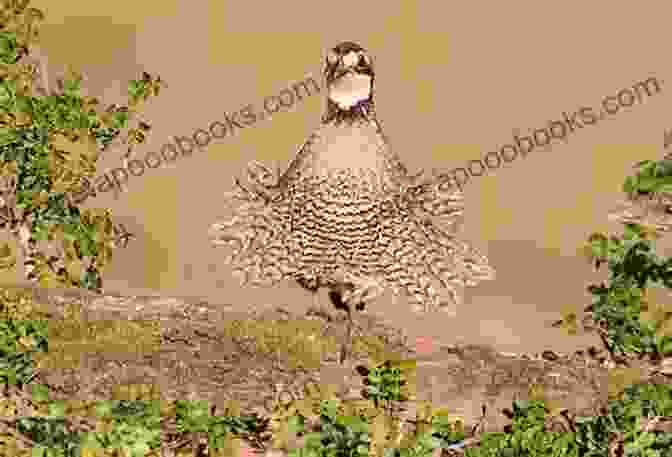
The Northern Bobwhite is a small, plump bird with a brown body and a white throat. They are found in a variety of habitats, including forests, woodlands, and grasslands. Bobwhites are known for their distinctive whistling calls, which they use to communicate with each other.
Northern Bobwhites are popular game birds, and they are hunted throughout Louisiana and Mississippi. Bobwhites are also used for ecotourism, and they can be seen on guided tours of wildlife refuges and other natural areas.

The American Woodcock is a medium-sized bird with a long bill and a brown body. They are found in a variety of habitats, including forests, woodlands, and wetlands. Woodcocks are known for their distinctive courtship flights, which they perform in the spring.
American Woodcocks are popular game birds, and they are hunted throughout Louisiana and Mississippi. Woodcocks are also used for ecotourism, and they can be seen on guided tours of wildlife refuges and other natural areas.
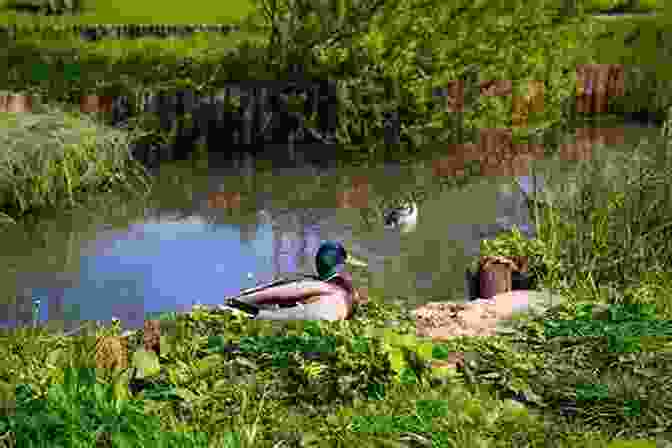
The Mallard Duck is a large, dabbling duck with a green head and a brown body. They are found in a variety of habitats, including ponds, lakes, and rivers. Mallards are known for their distinctive quacking calls, which they use to communicate with each other.
Mallard Ducks are popular game birds, and they are hunted throughout Louisiana and Mississippi. Mallards are also used for ecotourism, and they can be seen on guided tours of wildlife refuges and other natural areas.
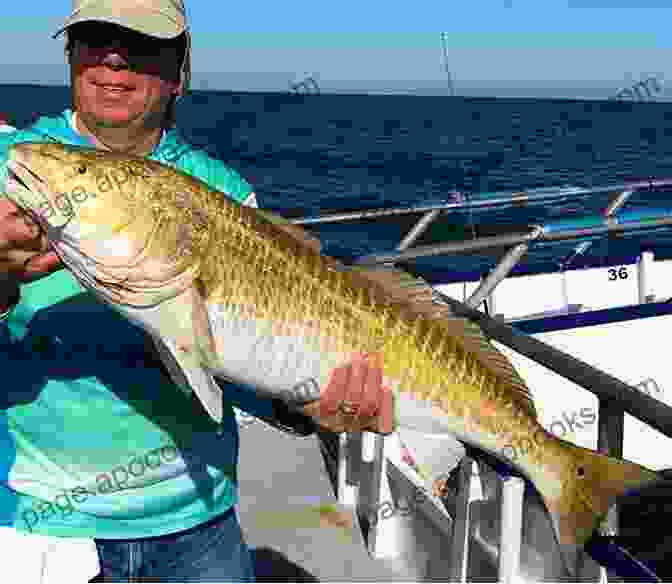
The Red Drum is a large, saltwater fish that is found in the Gulf of Mexico. Red Drums are known for their distinctive red coloration, which they get from eating shrimp and crabs.
Red Drums are popular game fish, and they are caught by anglers throughout Louisiana and Mississippi. Red Drums are also used for ecotourism, and they can be seen on guided tours of fishing piers and other coastal areas.
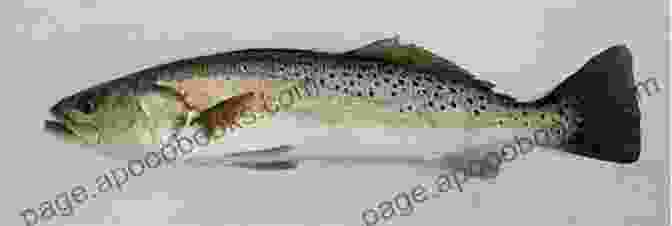
The Spotted Seatrout is a medium-sized, saltwater fish that is found in the Gulf of Mexico. Spotted Seatrout are known for their distinctive spotted coloration, which they get from eating small fish and crustaceans.
Spotted Seatrout are popular game fish, and they are caught by anglers throughout Louisiana and Mississippi. Spotted Seatrout are also used for ecotourism, and they can be seen on guided tours of fishing piers and other coastal areas.
Louisiana and Mississippi are home to a wide variety of bird species, many of which have potential economic value. These birds can be used for a variety of purposes, including hunting, fishing, and ecotourism. By learning more about the birds in your area, you can
5 out of 5
| Language | : | English |
| File size | : | 35099 KB |
| Text-to-Speech | : | Enabled |
| Screen Reader | : | Supported |
| Enhanced typesetting | : | Enabled |
| Print length | : | 82 pages |
| Lending | : | Enabled |
Do you want to contribute by writing guest posts on this blog?
Please contact us and send us a resume of previous articles that you have written.
 Book
Book Novel
Novel Page
Page Chapter
Chapter Text
Text Story
Story Genre
Genre Reader
Reader Library
Library Paperback
Paperback E-book
E-book Magazine
Magazine Newspaper
Newspaper Paragraph
Paragraph Sentence
Sentence Bookmark
Bookmark Shelf
Shelf Glossary
Glossary Bibliography
Bibliography Foreword
Foreword Preface
Preface Synopsis
Synopsis Annotation
Annotation Footnote
Footnote Manuscript
Manuscript Scroll
Scroll Codex
Codex Tome
Tome Bestseller
Bestseller Classics
Classics Library card
Library card Narrative
Narrative Biography
Biography Autobiography
Autobiography Memoir
Memoir Reference
Reference Encyclopedia
Encyclopedia Moncho Ollin Alvarado
Moncho Ollin Alvarado Nathan Singer
Nathan Singer Mihoko Ueno
Mihoko Ueno Tabitha Forney
Tabitha Forney Thomas Witelski
Thomas Witelski Sang Young Park
Sang Young Park Walter S Clarke
Walter S Clarke Michael Bakunin
Michael Bakunin Olivie Blake
Olivie Blake Rose Sheifer
Rose Sheifer Monica Murphy
Monica Murphy Nevil Shute
Nevil Shute Neal Katyal
Neal Katyal Meia Monae
Meia Monae Yuri Kitayama
Yuri Kitayama Paul Griffiths
Paul Griffiths Rayven T Hill
Rayven T Hill National Association Of City Transportation...
National Association Of City Transportation... Timothy Tripp
Timothy Tripp Mark Levy
Mark Levy
Light bulbAdvertise smarter! Our strategic ad space ensures maximum exposure. Reserve your spot today!

 Jason HayesThe Fun Feel Good Read: Escape, Laugh, and Find Joy with Judy Leigh's Latest...
Jason HayesThe Fun Feel Good Read: Escape, Laugh, and Find Joy with Judy Leigh's Latest... Yasunari KawabataFollow ·18.8k
Yasunari KawabataFollow ·18.8k Enrique BlairFollow ·12.9k
Enrique BlairFollow ·12.9k Luke BlairFollow ·10.2k
Luke BlairFollow ·10.2k Rod WardFollow ·10.3k
Rod WardFollow ·10.3k David BaldacciFollow ·3.3k
David BaldacciFollow ·3.3k Mario BenedettiFollow ·18.2k
Mario BenedettiFollow ·18.2k Gregory WoodsFollow ·19.1k
Gregory WoodsFollow ·19.1k Ernest PowellFollow ·6.4k
Ernest PowellFollow ·6.4k
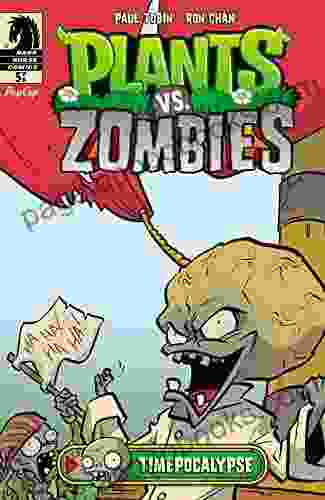
 Ben Hayes
Ben HayesJourney into the Verdant Realm of "Plants vs. Zombies:...
Immerse Yourself in an Epic Battle for...

 Edward Reed
Edward ReedUnveiling the Allure of Modish Crochet Hats Annie...
In the realm of fashion and...
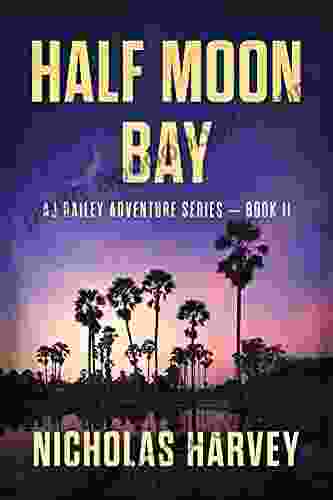
 Jaylen Mitchell
Jaylen MitchellHalf Moon Bay: An Unforgettable Adventure Awaits in Aj...
Prepare yourself...
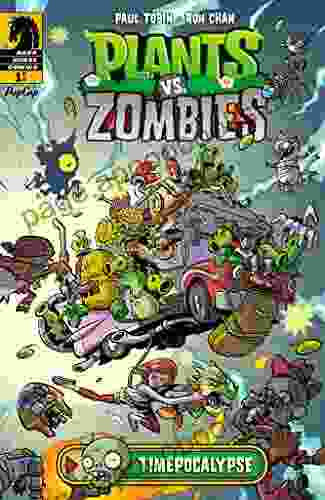
 Dan Brown
Dan BrownUnleash the Plant-Powered Apocalypse: Dive into Paul...
Prepare yourself for an epic showdown where...

 Efrain Powell
Efrain PowellStolen Summer: Nora Sommer's Enthralling Caribbean...
Escape to a World of...
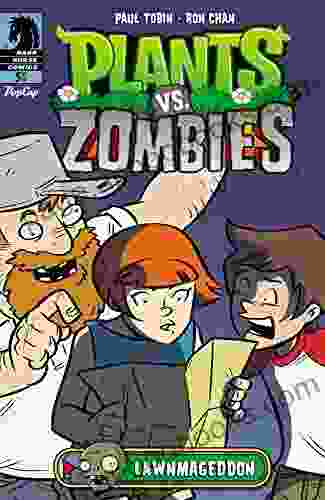
 Steven Hayes
Steven HayesPlants vs. Zombies: Lawnmageddon - The Ultimate Battle...
Prepare for the ultimate battle between plants...
5 out of 5
| Language | : | English |
| File size | : | 35099 KB |
| Text-to-Speech | : | Enabled |
| Screen Reader | : | Supported |
| Enhanced typesetting | : | Enabled |
| Print length | : | 82 pages |
| Lending | : | Enabled |


